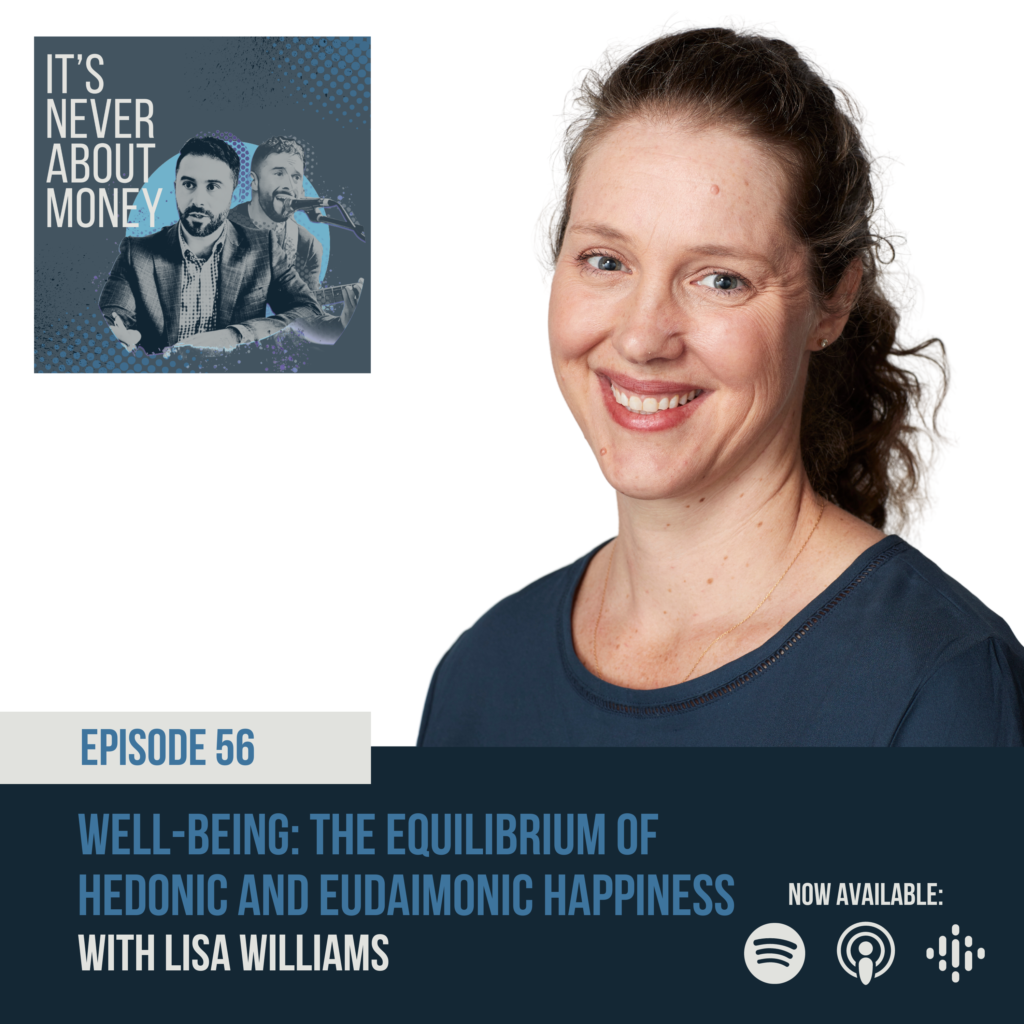The pursuit of happiness is an intrinsic part of the human experience, yet the nature of true happiness is complex and multifaceted.
This week I was joined by Associate Professor Lisa A. Williams. Lisa is a social psychologist whose research explores how emotions shape and are shaped by social processes. Specifically, her research focuses on the adaptive functions of positive social emotions such as pride and gratitude.
We delved deep into the concept of well-being and, in particular, the relationship between eudaimonic and hedonic happiness. Now, I know these words could be new to you (they were unknown to me until recently), but I’ll explain what they mean, and how their relationship can offer a framework for understanding the deeper dimensions of what it means to lead a fulfilling life.
Hedonic well-being is derived from the Greek word hedone, meaning pleasure, and is associated with the pursuit of pleasure and the avoidance of pain. It is the aspect of well-being that concerns the immediate feelings of joy, contentment, and satisfaction that arise from pleasurable experiences. Whether it’s indulging in a delicious meal, enjoying a leisurely day at the beach, or celebrating a personal achievement, hedonic happiness is about the comfort and pleasure we derive from such experiences.
Eudaimonic well-being, on the other hand, is rooted in the Greek term eudaimonia, which translates to human flourishing or welfare. This concept was championed by Aristotle, who posited that true happiness is found in living virtuously and fulfilling one’s potential. Eudaimonic happiness is less about momentary pleasures and more about living in accordance with one’s values, developing one’s talents, and contributing meaningfully to society. It encompasses a sense of purpose, personal growth, and the deep satisfaction that comes from engaging in activities that transcend mere enjoyment and contribute to a sense of life’s worthwhileness.
The relationship between eudaimonic and hedonic well-being is not one of opposition but of complementarity. A life rich in hedonic pleasures without a sense of purpose or meaning can feel shallow and unsatisfying, while a life devoted solely to eudaemonic pursuits without the joy of hedonic pleasures can become burdensome and joyless.
The equilibrium between these two forms of happiness is where the essence of well-being lies. A harmonious blend of pleasure and purpose allows individuals to experience the joys of life while also engaging in fulfilling activities that provide a sense of accomplishment and contribution. For example, engaging in a hobby one loves can offer immediate pleasure while also contributing to personal growth and self-expression, embodying both hedonic and eudaimonic elements.
In the modern world, where consumerism often drives the pursuit of material pleasures, the significance of eudaimonic well-being can be undervalued. The constant chase for hedonic highs can lead to a treadmill of dissatisfaction, where happiness is always just out of reach. Yet, by integrating the eudaemonic aspect of well-being into our lives, we can counteract the fleeting nature of hedonic pleasures and cultivate a deeper sense of fulfilment.
The dance between eudaimonic and hedonic well-being is an artful balance that requires introspection and conscious choice. By recognising the importance of both pleasure and purpose, individuals can craft lives that are not only enjoyable but also rich with meaning and significance. This delicate equilibrium is the key to unlocking the full spectrum of human happiness, a tapestry woven with threads of joy, accomplishment, and heartfelt connections.







